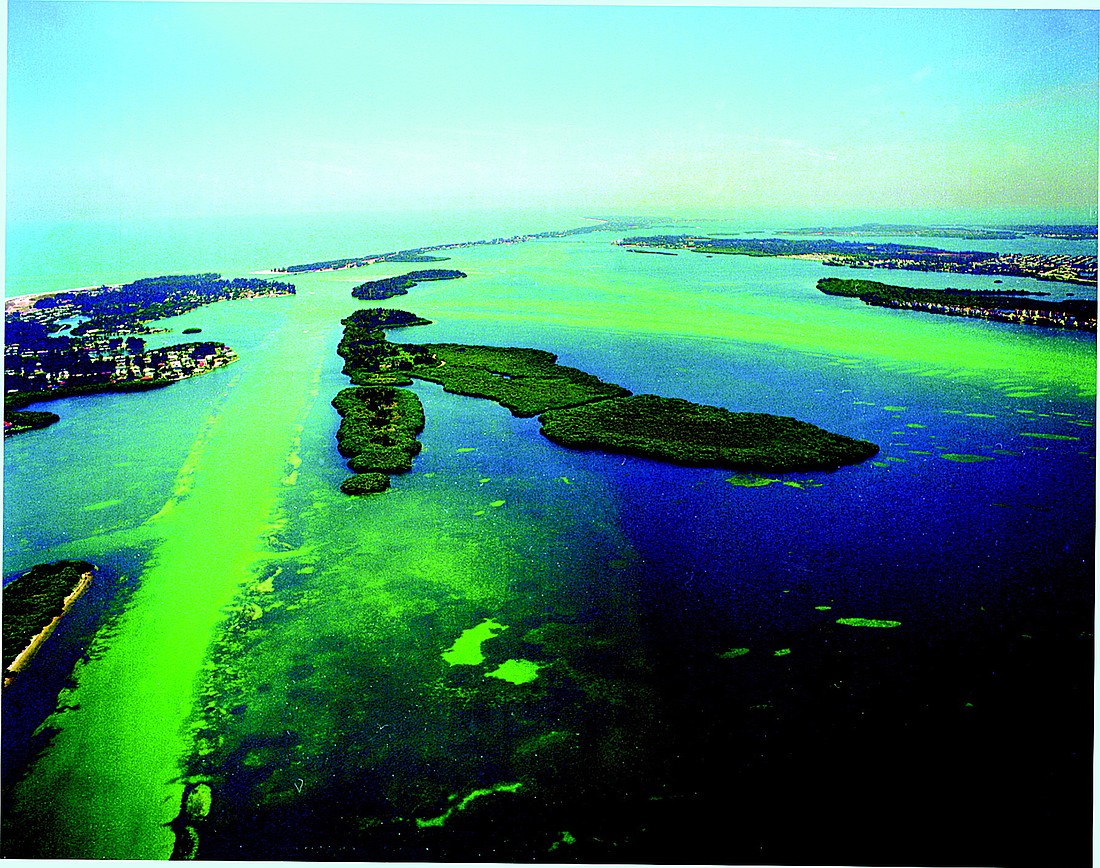- April 19, 2024
-
-
Loading

Loading

Florida seagrass acreage has been declining in the last 50 years, but thanks to preservation efforts by local organizations, Sarasota Bay’s seagrass beds are in full bloom once again.
Seagrass levels in Sarasota Bay have reached an all-time high according to a recent study by the Southwest Florida Water Management District. The data, which was released in September, estimates a current level of 12,692 acres of seagrass, an increase of 51 acres since 2008.
The additional 51 acres may seem small, but, according to Mark Alderson, director of the Sarasota Bay Estuary Program, the recent findings are part of a larger trend showing significant seagrass recovery over the past few decades.
“We had a 28% increase in seagrass levels between 2006 and 2008, which put us 24% above the level of seagrass in 1950,” says Alderman. “The fact that we’ve maintained those levels, and even slightly increased them, is a good sign.”
Seagrass is an important part of Sarasota Bay, which is one of 28 estuaries in the United States named by Congress as an estuary of national significance. The flowering, underwater plant, home to various species of fish, can help maintain water clarity and is a source of food for animals such as manatees, which snack on a species of seagrass aptly-named manatee grass.
Seagrass also acts as a barometer of the bay’s health, because it is a photosynthesizing plant and requires relatively clear water in order to receive enough sunlight to grow. Sarasota Bay’s seagrass levels reached a low in the late ’80s as a result of dredge-and-fill operations and declines in water clarity, but intensive waste-water management efforts by the Sarasota Bay Estuary Program and the city of Sarasota have significantly improved water quality and seagrass levels.
“It’s taken a lot of money, commitment, knowledge and technology,” says Dr. Jay Leverone, staff scientist for the Sarasota Bay Estuary Program. “The recovery of seagrass is Sarasota is unmatched statewide.”
Contact Maria Amodio at [email protected]